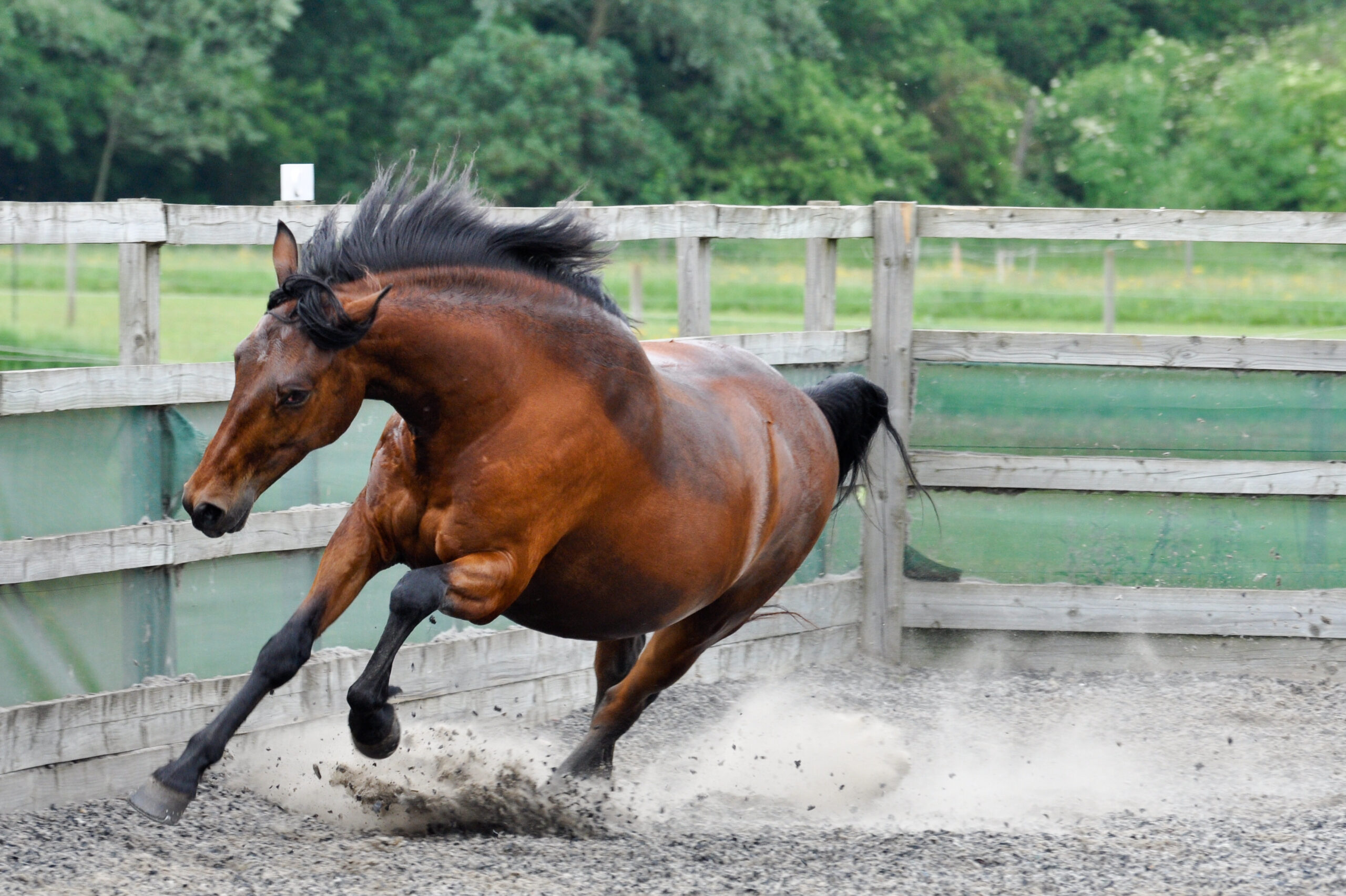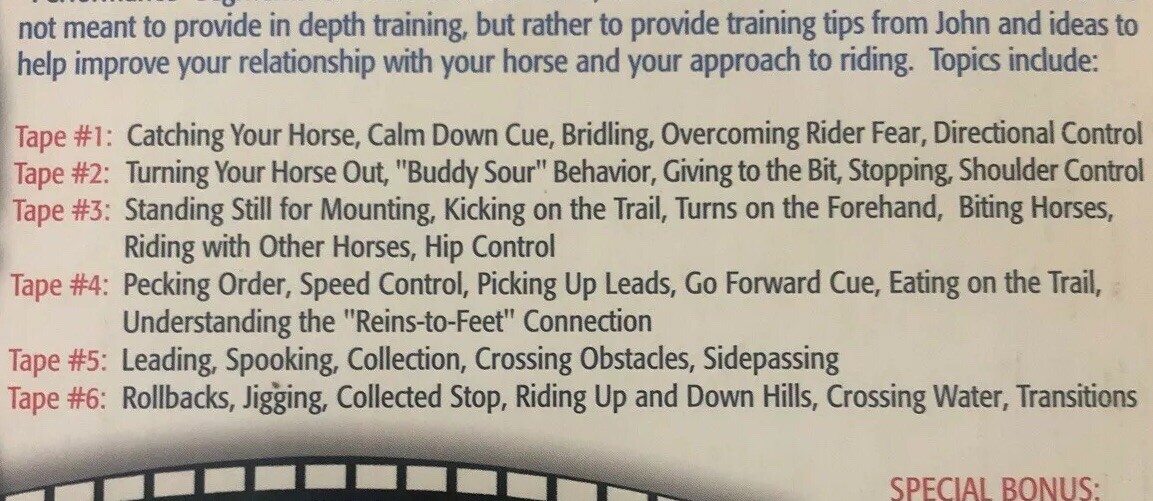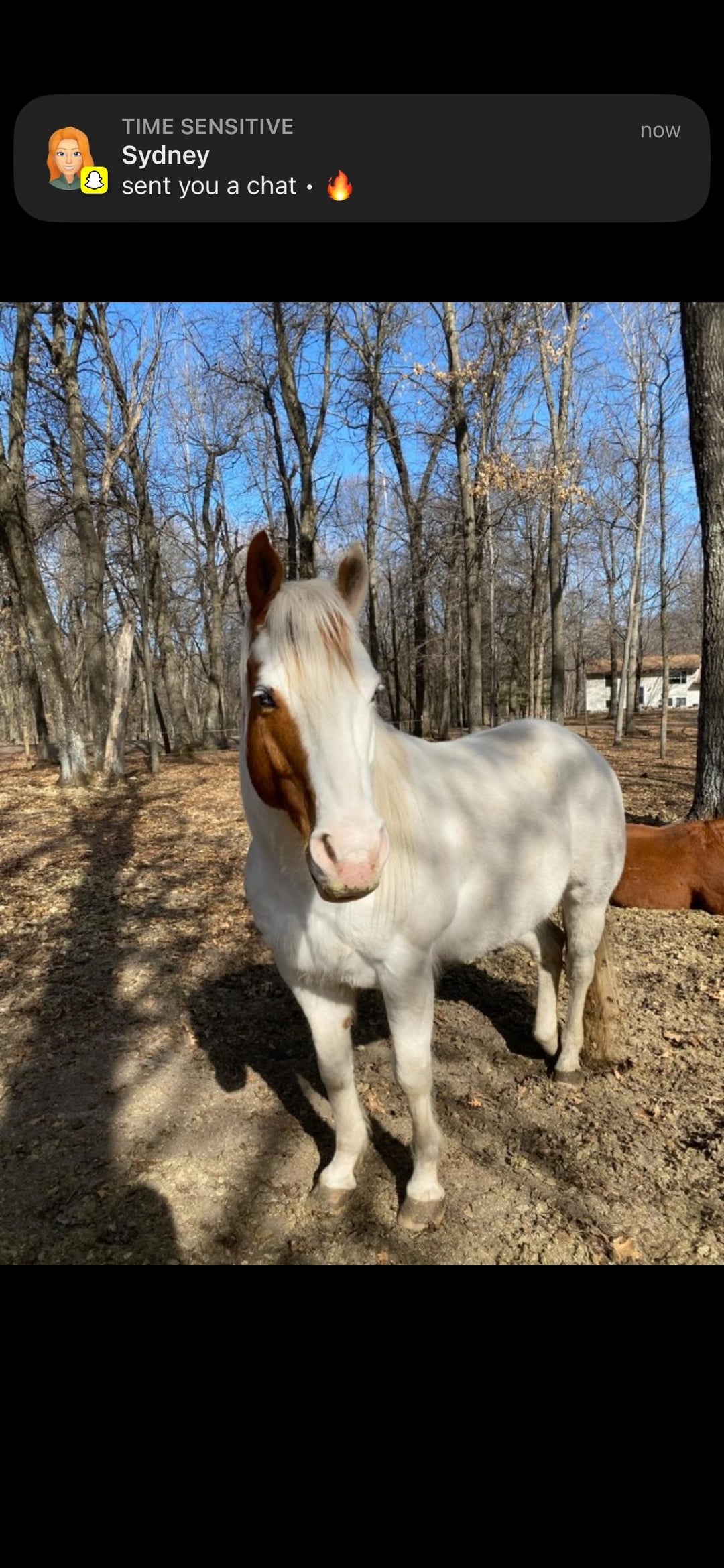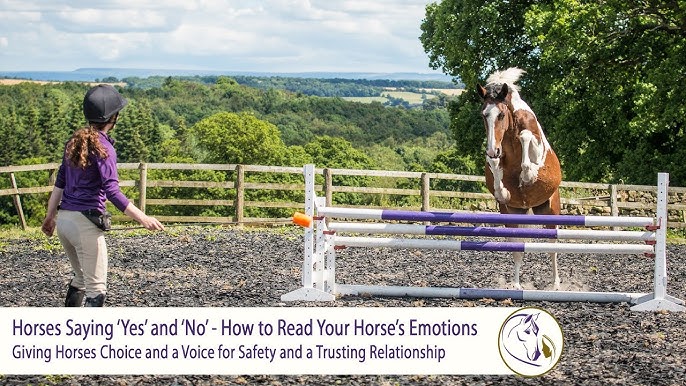Overcoming Buddy Sour Behavior in Your Horse

Buddy sour behavior in horses is a common challenge many equestrians face. This behavior occurs when a horse becomes aggressive or resistant toward other horses, often due to jealousy, fear, or past negative experiences. Understanding and addressing this behavior is crucial for maintaining harmony in your stable and ensuring the well-being of your horse.
What is Buddy Sour Behavior?

Buddy sour behavior refers to a horse’s tendency to act out aggressively or defensively when in the presence of other horses, especially those they are familiar with or bonded to. This can manifest as biting, kicking, pinning ears, or refusing to cooperate during grooming, tacking, or riding.
Causes of Buddy Sour Behavior

| Cause | Description |
|---|---|
| Jealousy | Horses may feel threatened by the attention another horse receives from their owner. |
| Fear or Anxiety | Past trauma or unfamiliar situations can trigger defensive behavior. |
| Pain or Discomfort | Physical issues can make a horse irritable around others. |
| Social Hierarchy Issues | Conflicts over dominance within the herd can lead to aggressive behavior. |
Signs Your Horse is Buddy Sour
- Pinning ears when approached near other horses
- Biting or nipping at stablemates
- Refusing to be groomed or saddled when other horses are nearby
- Aggressive posturing such as kicking or lunging
Strategies to Overcome Buddy Sour Behavior
1. Identify the Root Cause
Understanding why your horse is buddy sour is the first step. Observe their behavior closely and consider consulting a veterinarian to rule out pain or health issues.
2. Gradual Desensitization
Slowly expose your horse to other horses in controlled environments to reduce anxiety and build positive associations.
3. Consistent Training and Positive Reinforcement
Use reward-based training to encourage calm and cooperative behavior around other horses.
4. Provide Individual Attention
Ensure your horse receives enough one-on-one time to reduce feelings of jealousy or neglect.
5. Manage the Environment
Arrange stabling and turnout schedules to minimize stressful interactions and allow your horse to feel secure.
Sample Training Schedule
| Day | Activity | Purpose |
|---|---|---|
| 1 | Controlled introduction at a distance | Reduce anxiety and observe reactions |
| 3 | Closer interaction with calm horse | Build positive associations |
| 5 | Grooming near other horses | Encourage tolerance during handling |
| 7 | Riding with other horses nearby | Reinforce calm behavior under saddle |
Frequently Asked Questions (FAQ)
Q1: Can buddy sour behavior be completely cured?
A: While some horses may always have a tendency toward this behavior, consistent training and management can significantly reduce its occurrence.
Q2: Is buddy sour behavior dangerous?
A: It can be, especially if it leads to biting or kicking. Proper handling and safety measures are essential.
Q3: Should I separate buddy sour horses from others?
A: Temporary separation may help, but long-term socialization is important for their mental health.
Q4: When should I seek professional help?
A: If the behavior escalates or you feel unsafe, consult a professional trainer or veterinarian.
By understanding and addressing buddy sour behavior with patience and structured training, you can foster a more peaceful and cooperative environment for your horse and stablemates.
